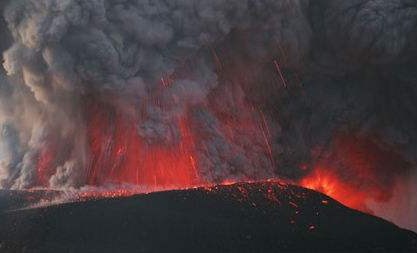Ninety minutes after the blast, ash began to rain down on Yakima, Washington, a community of fifty thousand people about eighty miles away. As you would expect, the ash turned day to night and got into everything, clogging motors, generators, and electrical switching equipment, choking pedestrians, blocking filtration systems, and generally bringing things to a halt. The airport shut down and highways in and out of the city were closed.

All this was happening, you will note, just downwind of a volcano that had been rumbling menacingly for two months. Yet Yakima had no volcano emergency procedures. The city's emergency broadcast system, which was supposed to swing into action during a crisis, did not go on the air because "the Sunday-morning staff did not know how to operate the equipment." For three days, Yakima was paralyzed and cut off from the world, its airport closed, its approach roads impassable. Altogether the city received just five-eighths of an inch of ash after the eruption of Mount St. Helens. Now bear that in mind, please, as we consider what a Yellowstone blast would do.












